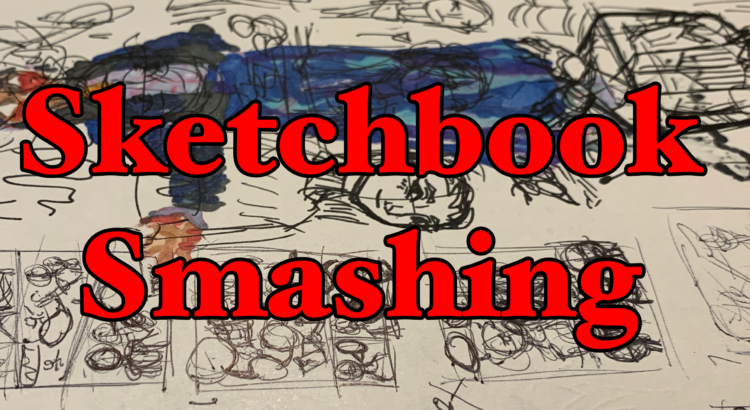
Echelon supersoldier Taiga poses for a recruitment poster.
“The Elites of Echelon”
Quincy Takai,
Published JR-7274-E, 23-10-2977
It’s costly to sustain an interplanetary standing army– thus many world governments turn to private military corporations when conflict boils over. Of these private corporations, some of the top corporations– among them Vanguard, Citadel, and Echelon– have found vast fortunes to be made beyond conventional warfare.
Echelon recruits the cream of the crop, developing those with potential in both combat prowess and charisma into supersoldiers. From day one, Echelon gamifies their soldiers’ performance: each action in training and on the battlefield is assigned an XP value, and as enough XP is earned, unlocks and promotions are granted through this system. On many planets, these supersoldiers are treated as major celebrities, with their battles frequently recorded and broadcast or even livestreamed. The profits from merchandising, external sponsorships, and licensing rights dwarf the money Echelon makes through government contracts.










